
Hive Center for Contemporary Art is pleased to announce artist Wang Xinyan’s latest solo exhibitionRamble, opening on June 28, 2025, in the Gallery A at Hive | Beijing. This marks Wang’s third solo exhibition with Hive following Night After Night (Hive | Shanghai, 2024) and Mau Grotto (Hive | Beijing,2023). Centered around Wang’s perceptual experiences as expressed on canvas, the exhibition leadsviewers through an emotionally charged interplay between figuration and abstraction—an aggressiveyet unhurried “stroll” across the abstract spectrum, as well as a free, purposeless exploration. Curatedby Yang Jian, the exhibition will remain on view through August 27, 2025.
In pursuit of a deep connection with her own state of being, Wang Xinyan’s paintings consistently carry a strong autobiographical tone with a vivid first-person perspective. However, this does not meanher work is merely a self-directed monologue. In fact, autobiography serves only as a superficial entrypoint—beneath the exploration of self-identity through painting lies a deeper clarity about the natureof existence itself. As her painting journey deepens, Wang increasingly perceives her works as traces ofexistence or inscriptions of time. Her artistic practice has gradually shifted toward constructing a narrative identity as an artist. As a result, her works have become mediums of self-interpretation, ultimatelyrevealing that what appear to be private autobiographical elements are, in the end, structural foundations of her art—what emerges is more like a unique manifestation of shared human experience, filteredthrough personal emotion.
Wang’s practice is rooted in a fundamental understanding of a spectrum. Abstraction and figuration (representation) are not binary opposites but form a continuum. Each of her works can be seen as a pausedpoint on this sliding scale, thereby resisting simplistic categorization or one-dimensional interpretation.Starting from a phenomenological perspective, she focuses on how perceptual experience manifests onthe canvas, rather than presupposing a fixed subject to be represented. This approach may explain theinterweaving of figuration and abstraction in her work. The forms, colors, and symbols flowing throughher paintings may stem from bodily sensations and sensory memory, or emerge from literature, music, and fragments of life encountered along her personal journey. These complex life fragments are notmechanically collaged but are intuitively driven and woven into an intense emotional atmosphere. It isprecisely from this genuine emotional foundation that unique figures and forms emerge—like life itselfblooming under specific conditions.
Wang favors large-format paintings that convey a monumental quality, creating an exaggerated contrastwith the delicate emotions spread across her compositions. These works carry overflowing emotionsand a constant inquiry into selfhood. Her visual imagery often hovers between figurative hints (like acat in motion, plants swaying in the wind, and biological landscapes) and pure abstraction, refusing anyfixed reference. The layered visual structures gradually build through the overlaying and reconfiguringof oil paint, forming vibrant yet deep and enigmatic pictorial spaces. Simultaneously, she is fascinatedby color combinations that possess a certain visual aggressiveness—whether it’s the rebellious clash ofred and black, the eerie contrast of blue and yellow in nocturnal scenes, or the light, buoyant tones in herrecent work. These combinations stimulate the viewer while seeking harmony within tension, reconciliation within difference, and demonstrating the artist’s control over painting. For Wang, painting is neverabout conveying a concrete idea; it is about capturing an emotional state—vague, fluid, difficult to name.
In addition, Wang often embeds quasi-figurative elements into her richly abstract textures—like remnants, ambiguous contours, or rhythmic, repeating symbols. These are residues of her specific lived experiences or emotional traces. Derived from experience and then deconstructed or transformed throughher hand, these elements infuse the image with heterogeneous tension, like brief flashes of nonlinearthought. Though abstract, her works always retain an underlying sense of narrative—like dreamscapes,obscure yet close to life, unfamiliar yet capable of evoking empathy. They seem to structure the unconscious, thereby forming a subtle and orderly power in visual expression.
Wang Xinyan’s art is an aggressive “stroll” along the spectrum of abstraction, and simultaneously, a free,aimless exploration. The emotionally rich time-spaces and landscapes she constructs are not only visualworlds but repeated phenomenological reductions—attempts to return to the essence of things. She invites the viewer to dive into this flowing, layered, and existentially charged psychic interior, where in theleaps of color and twists of line, one may jointly search for that which exists—unspeakable yet palpably real.
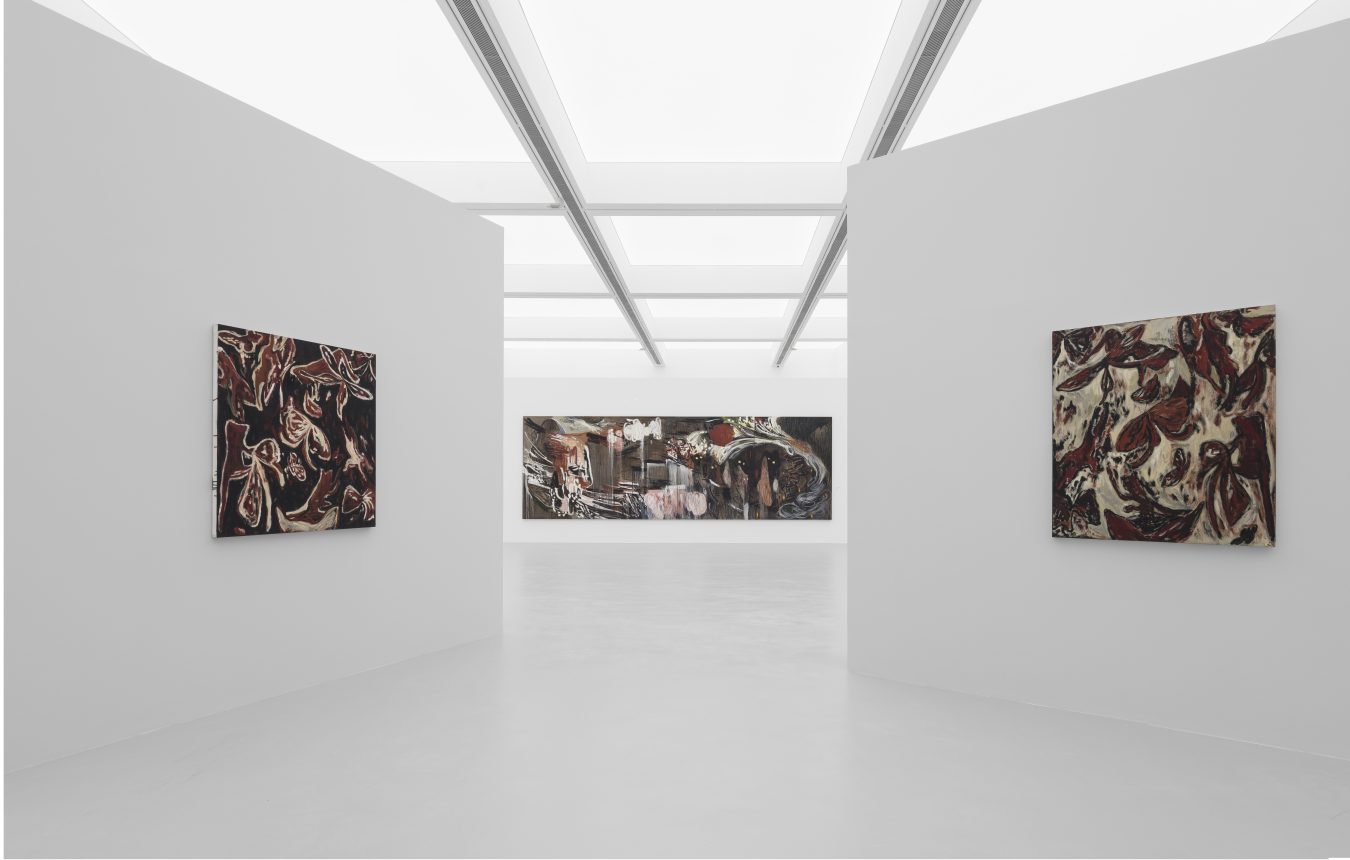
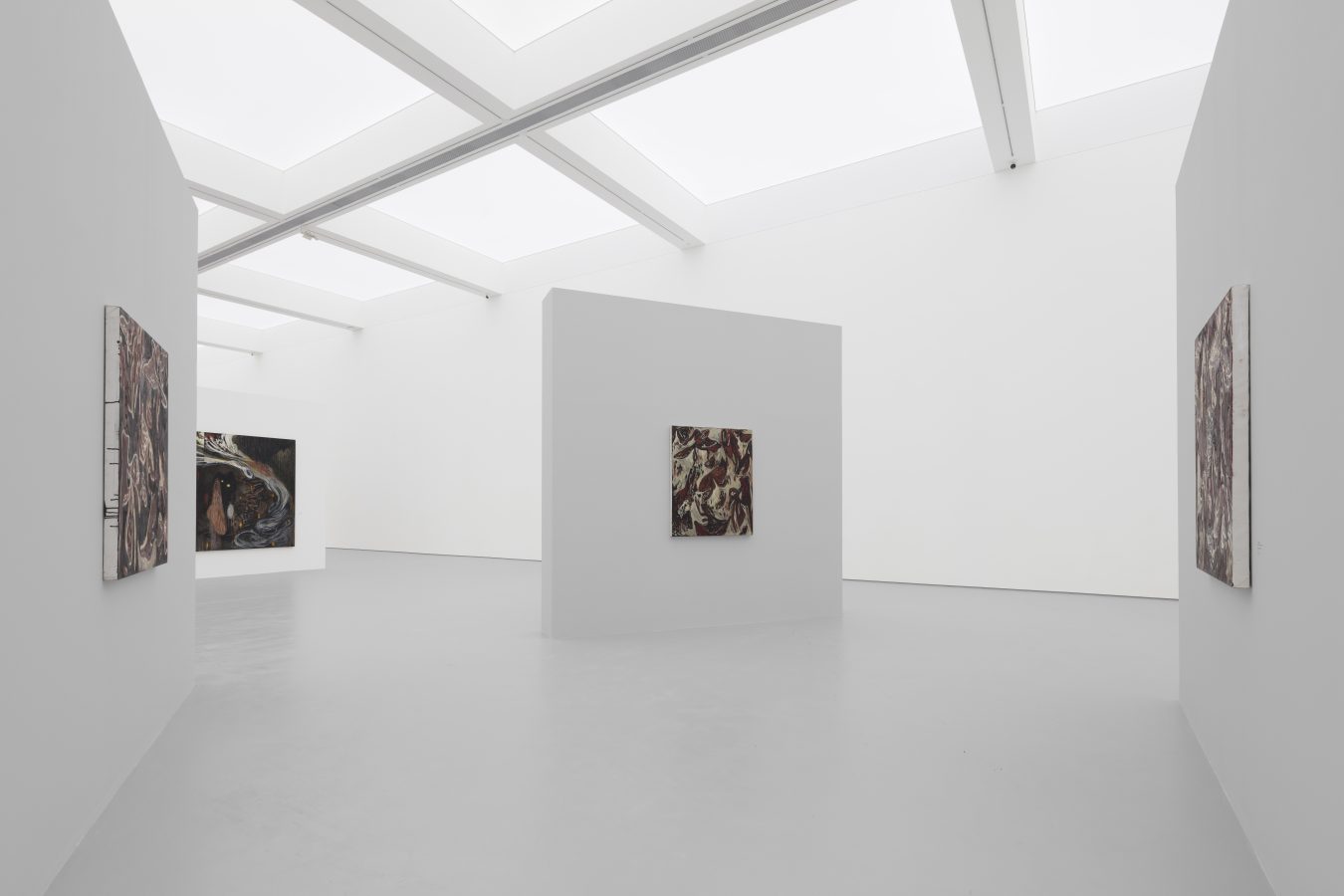
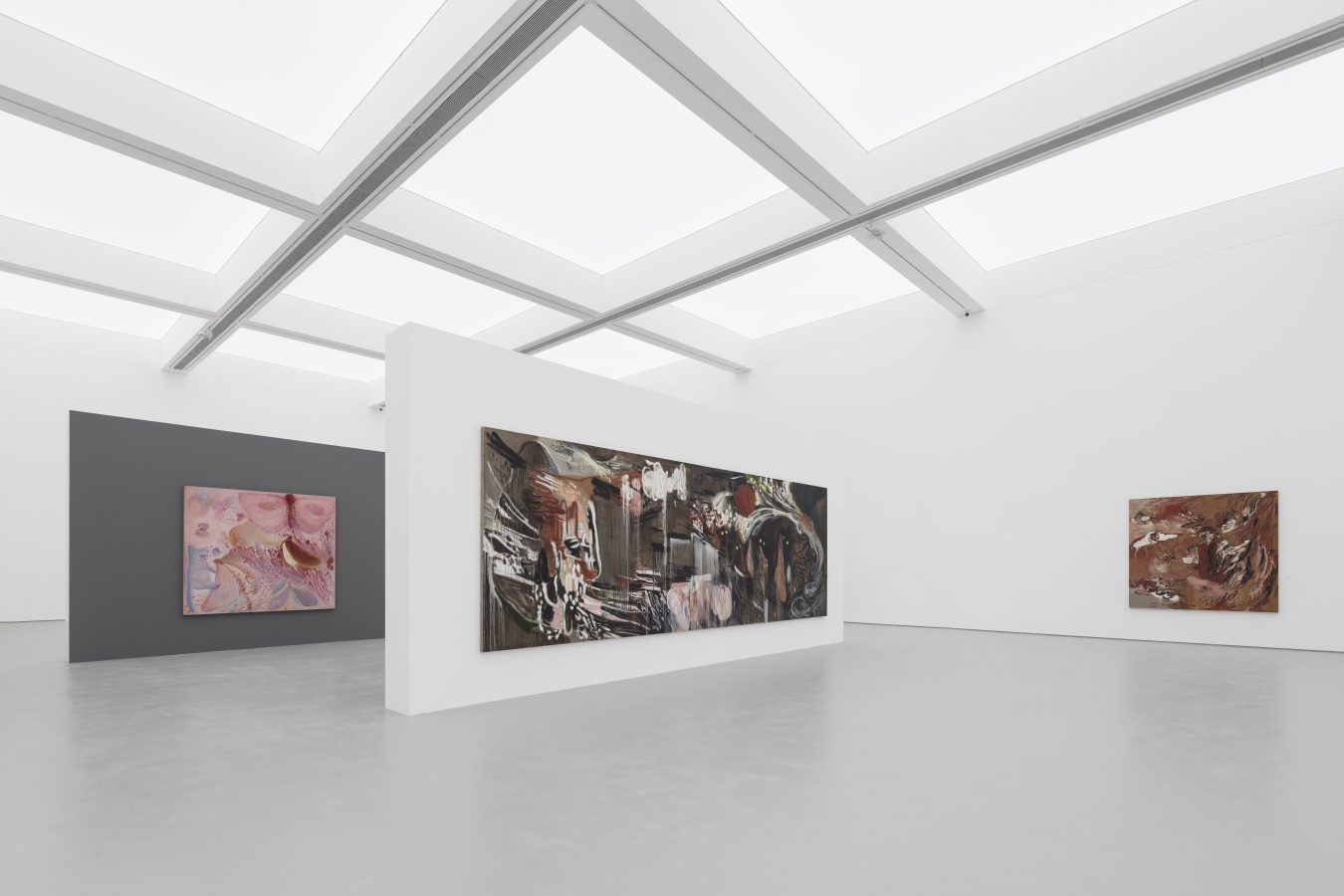

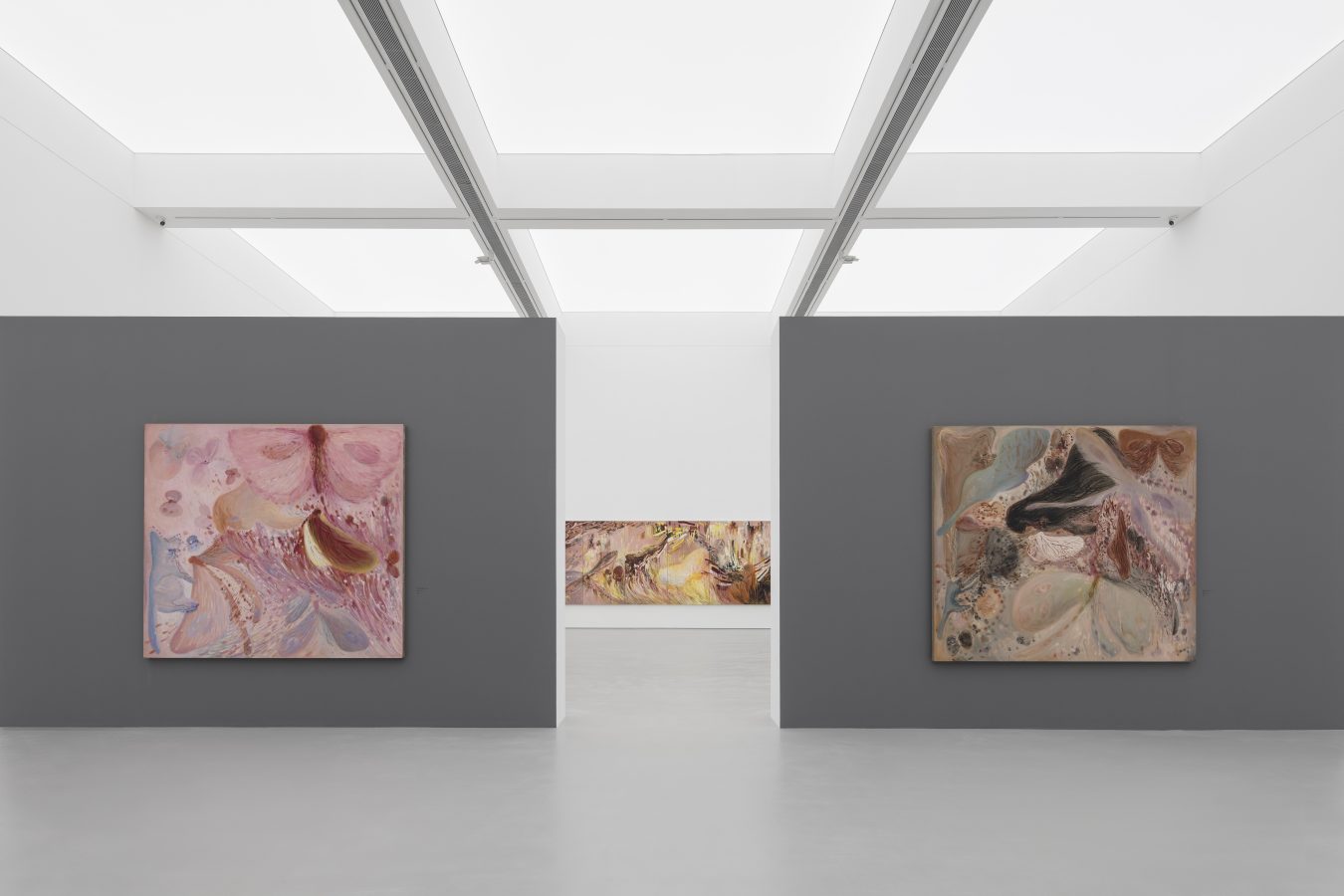
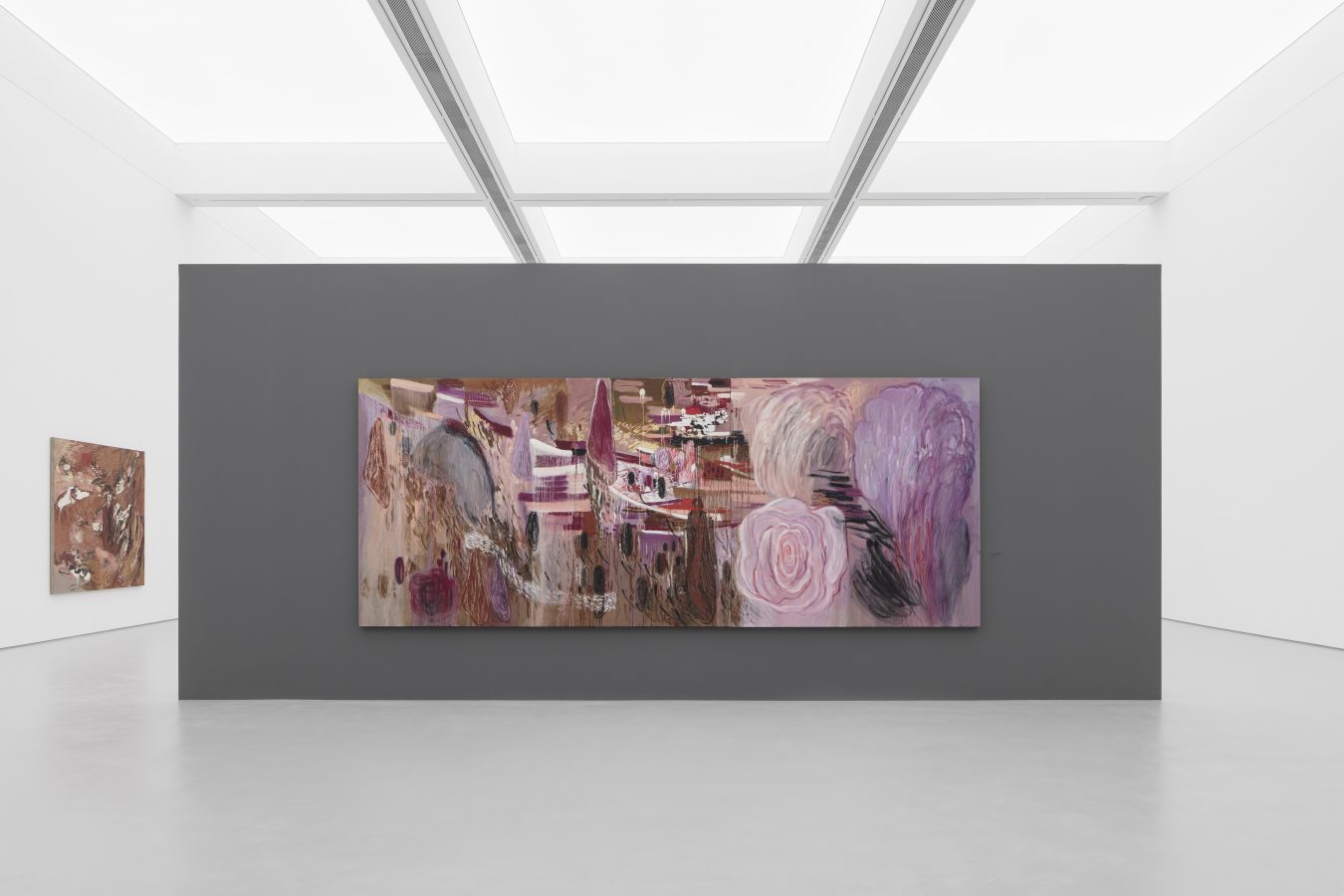
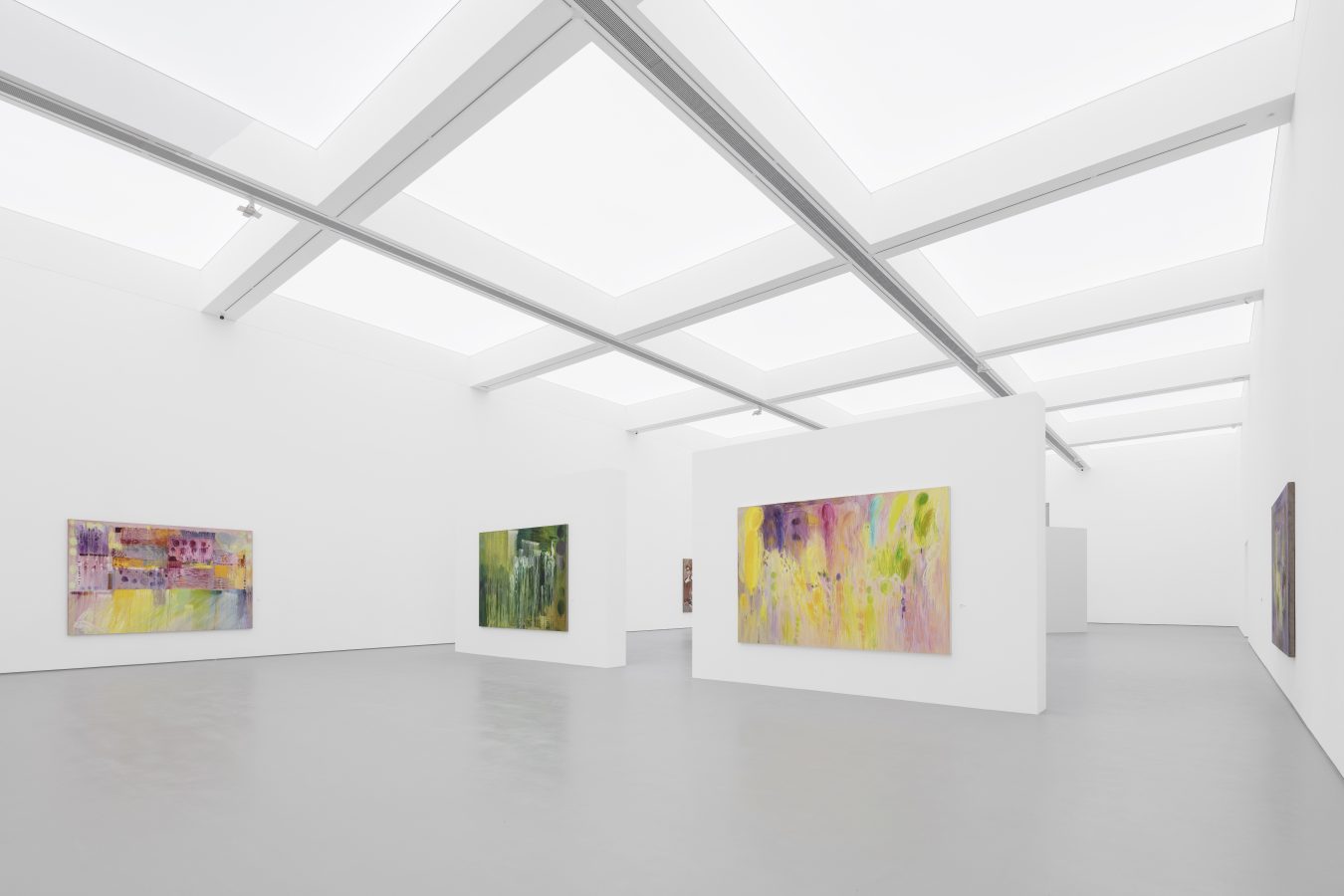
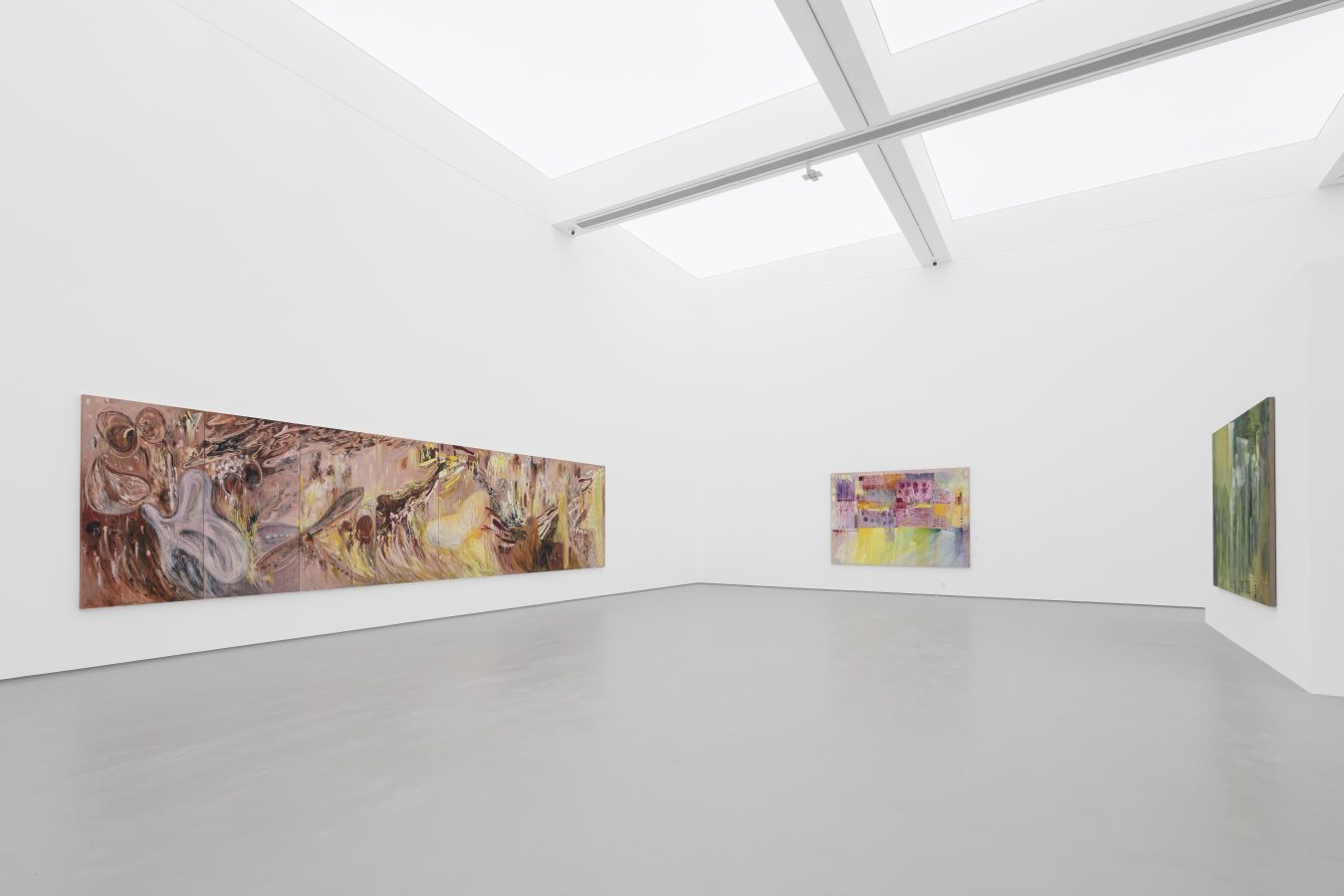
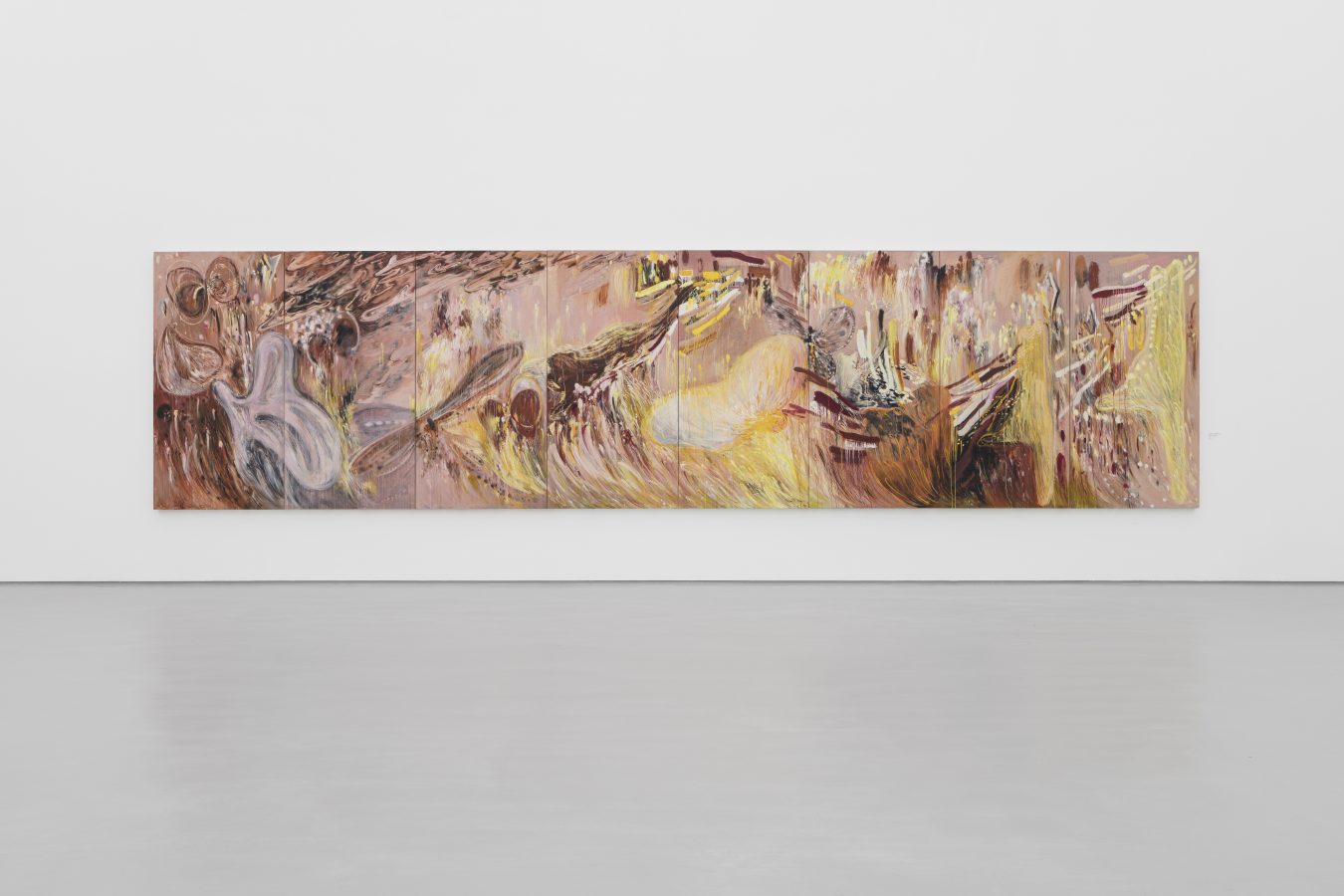

-2-600x200.jpg)

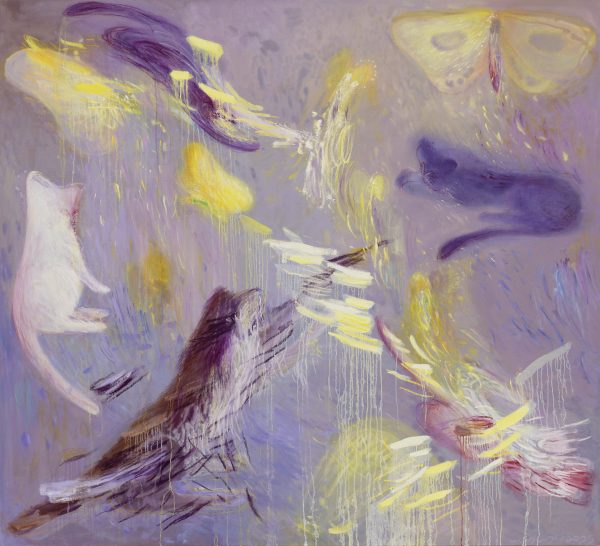
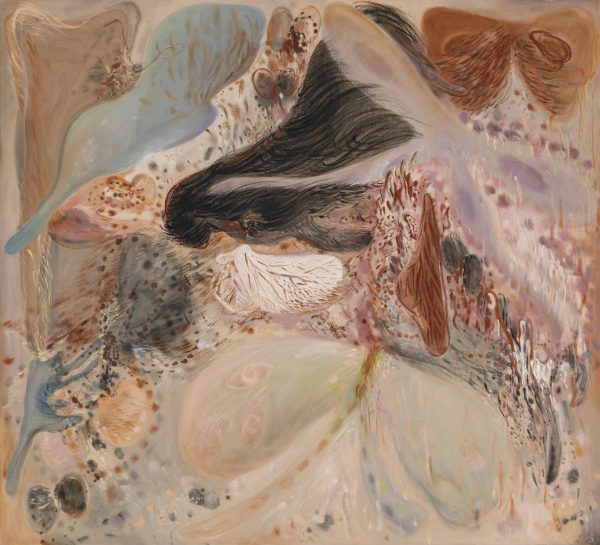
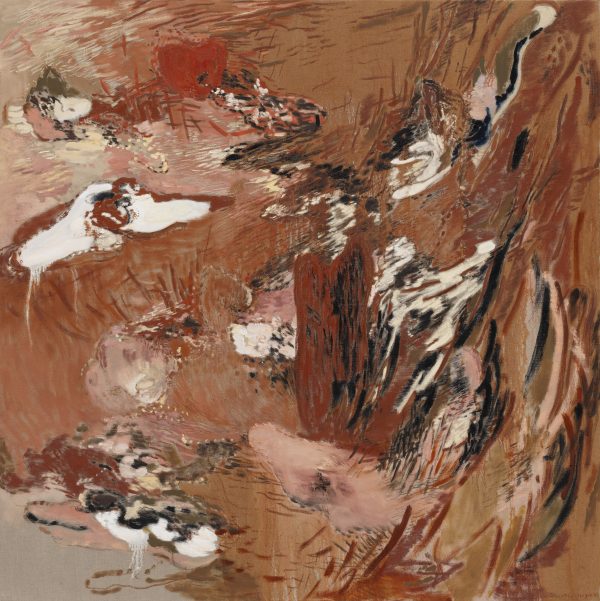





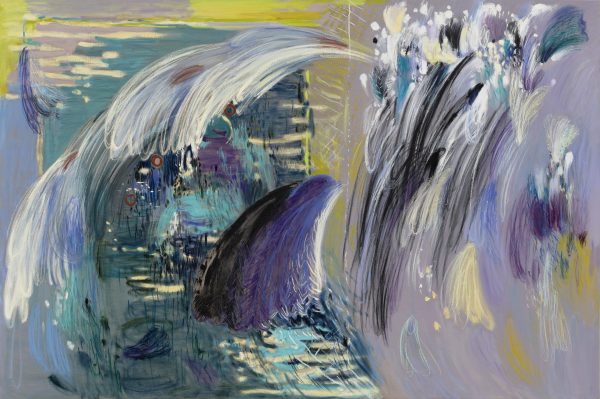
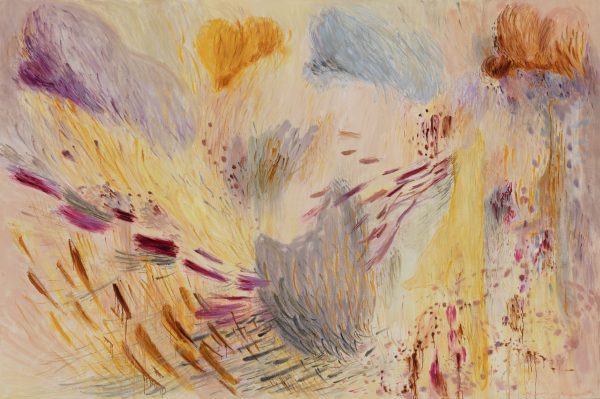
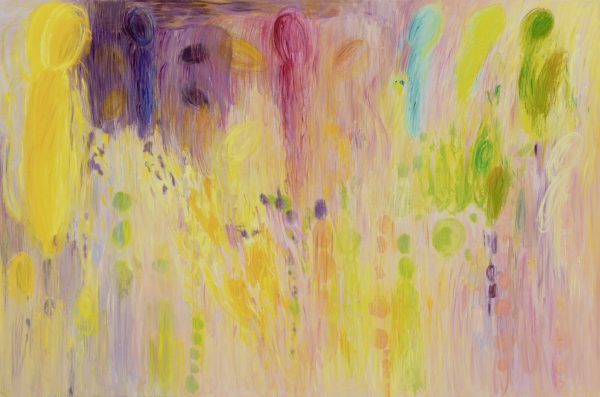
-600x150.jpg)
-600x240.jpg)


